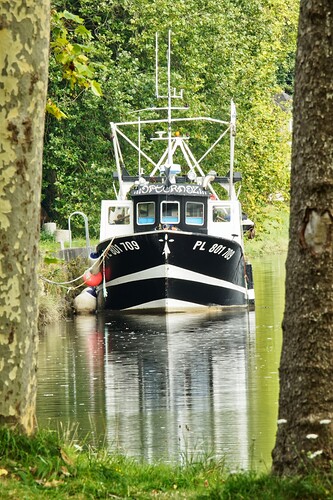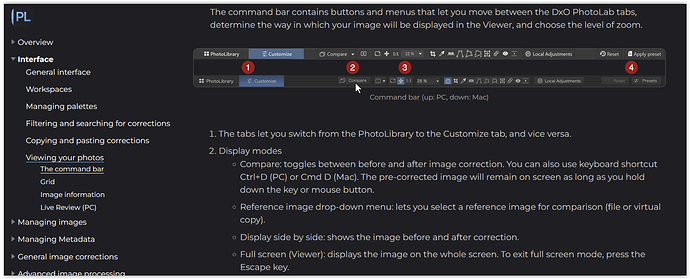Short answer - very cold here today, turned on the heater for the first time in years. Check the weather for USA, and you’ll see what I mean.
Regarding photography, no reason not to try to also take images the way you prefer them to look. Probably not today, but Miami should be back to normal later in the next several days.
Regarding the lens, I checked KEH; they have at least 7 of that lens in stock, for very reasonable prices:
https://www.keh.com/shop/nikon-2191-28-mm-300-mm-f-3-5-5-6-zoom-lens-for-nikon-f.html
I also read four or five more reviews - yes, Ken Rockwell loves it, but I did a lot more reading:
https://improvephotography.com/1941/nikon-28-300mm-review-best-photowalk-and-travel-lens-ever/
They wrote what my gut feeling is telling me:
“There are a few use cases that I thought this lens would be perfect for: (1) Casually shooting outdoor pictures of the kids. I say “outdoor” because it isn’t the fastest lens, but the gigantic zoom range would help to shoot in many different situations without changing lenses. (2) Travel photography or photowalks where you want to take nice pictures of the area, but you are shooting somewhat casually on the go and don’t want to haul around a giant bag of gear. (3) Shooting well-lit sports games. Again, it isn’t terribly fast so you need good lighting, but the giant zoom range would be convenient for shooting little league sports where the players can be right up close to you on one side of the field, and later be far away on the other side of the field.”
It’s a lens that “does everything”, but it has limitations. I doubt I will spend $500 to buy one - I don’t even like my 28-120 because of the weight. I’m happy that you are happy with yours.
I rarely sell stuff - I’ve got lots of lenses and accessories and cameras, the majority of which I don’t use. I even bought a second Nikon F4 not that long ago, because the price was too good to pass up, and it used to be my “do everything” camera. Maybe I have too much “collector” blood in me - I’ve even got an ancient 120 folding camera, which is fun to look at, but I’ll never use. One day when I felt overwhelmed, and KEH came to Miami to buy cameras, I piled a lot of old stuff into a box and sold all of it. What they didn’t buy, I gave to a fellow at the store. I didn’t want to take any of it home.
Other than your seagull photo, the other photos you just posted are not the kind of photography I am interested in. Helen’s photo of the wonderful boat in front of a fantastic sky is exactly what kind of photography I prefer - wonderful sky, and wonderful photograph. Since you like it too, that’s one more “plus”. Leaving out the first photo, the four photos I posted up above are the kinds of photos I enjoy taking, for the past many years. Just “fun” photos.
Back to the present. I have put away my Df, and I’ll see what I can accomplish with my D780. I’ll try to dump the backgrounds, and fill the frame with my photo, no cropping. I think you will enjoy photos from here:
https://www.miamiandbeaches.com/l/attractions/art-deco-historic-district/2116
I ought to be able to photograph some scenes from there that will meet your criteria.


